Welcome to our exclusive Japanese Katana collection, where tradition and precision craftsmanship unite. Each Japanese Katana in our collection is meticulously handcrafted by master artisans, ensuring exceptional sharpness, perfect balance, and timeless beauty. Designed for both seasoned collectors and passionate enthusiasts, our Katanas offer an authentic experience with their exquisite craftsmanship and superior functionality. The intricate details and high-quality materials make these swords a standout addition to any collection, seamlessly blending traditional artistry with modern excellence. Explore our collection today and elevate your samurai sword collection with a Japanese Katana that truly embodies the spirit and honor of the samurai. Discover your perfect blade and experience the timeless art of Japanese sword making.
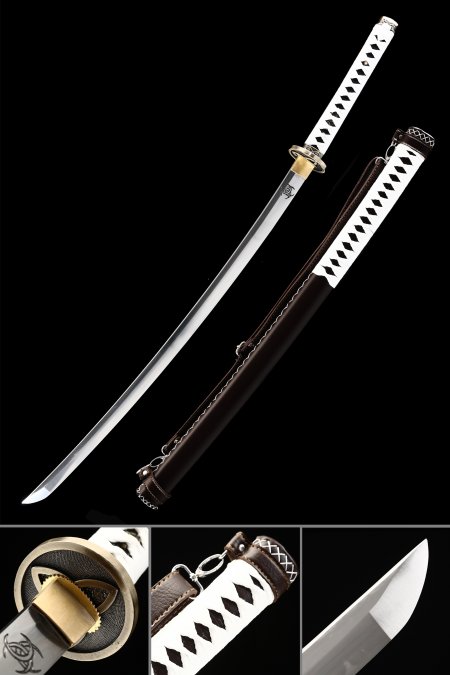
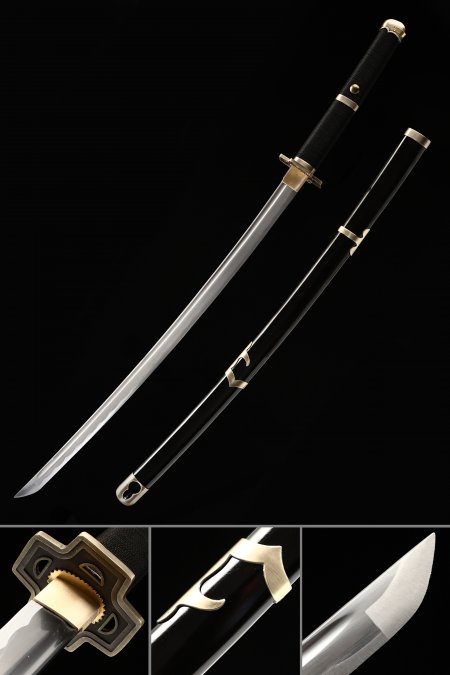
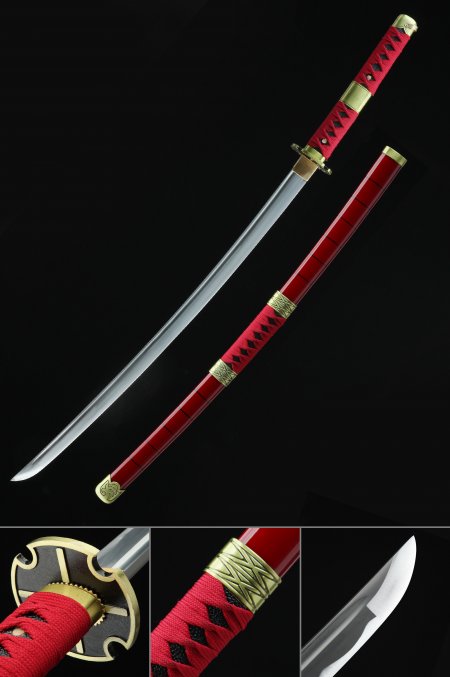
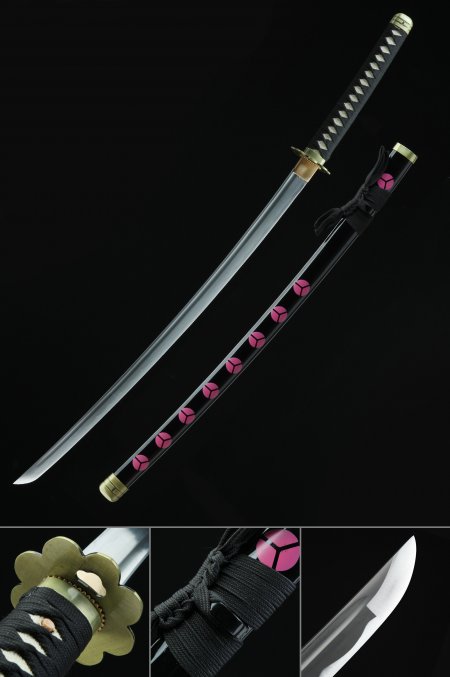
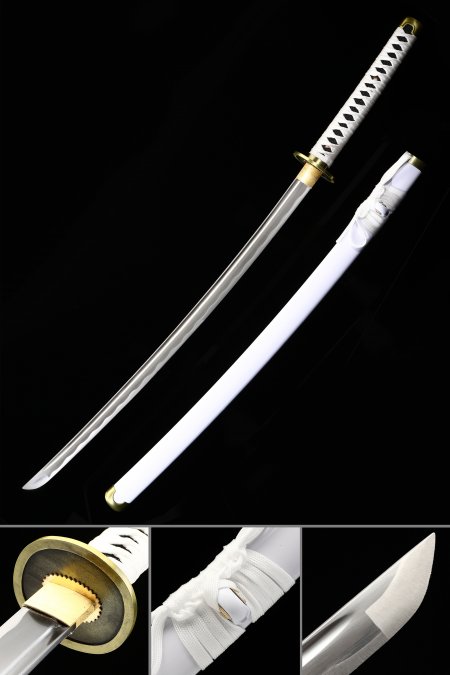
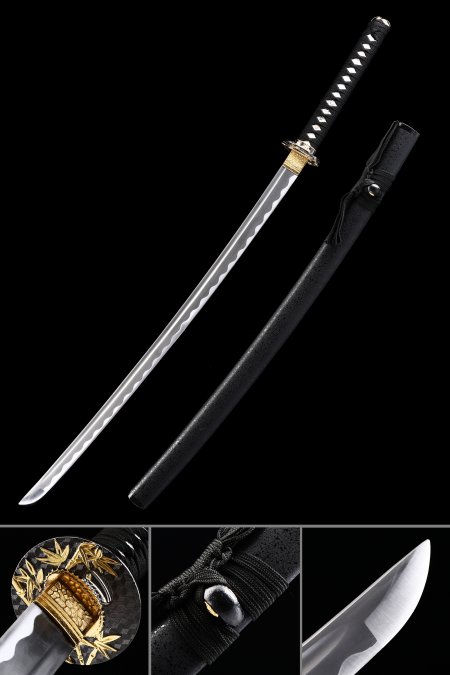
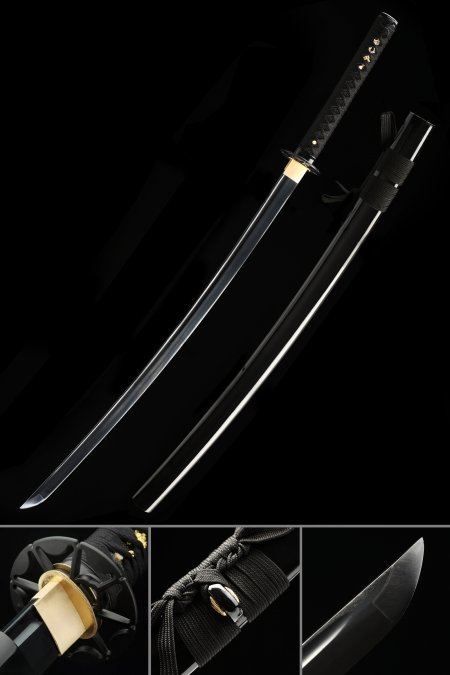
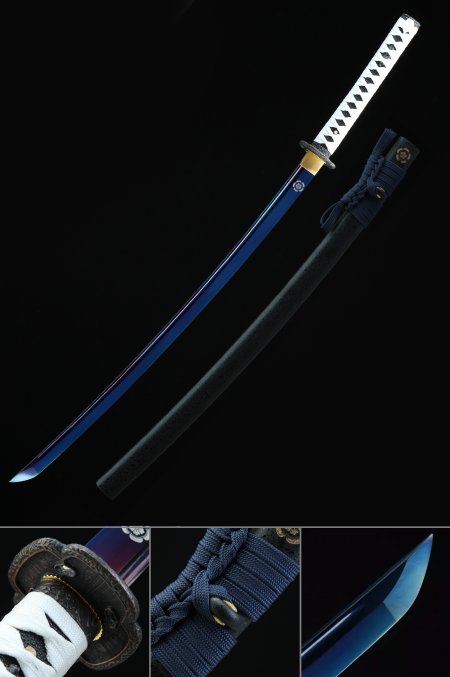

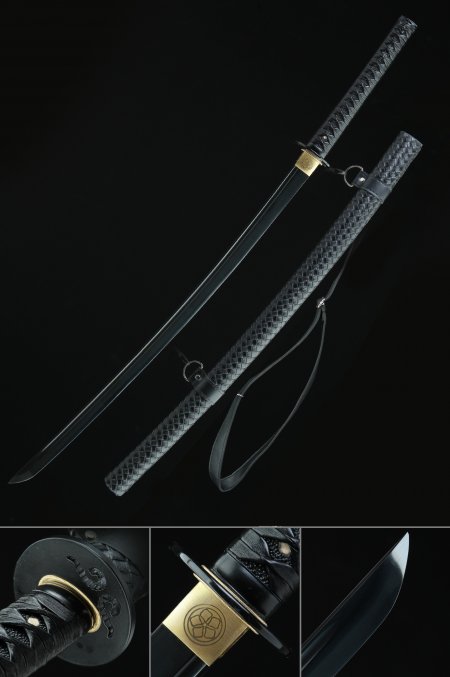
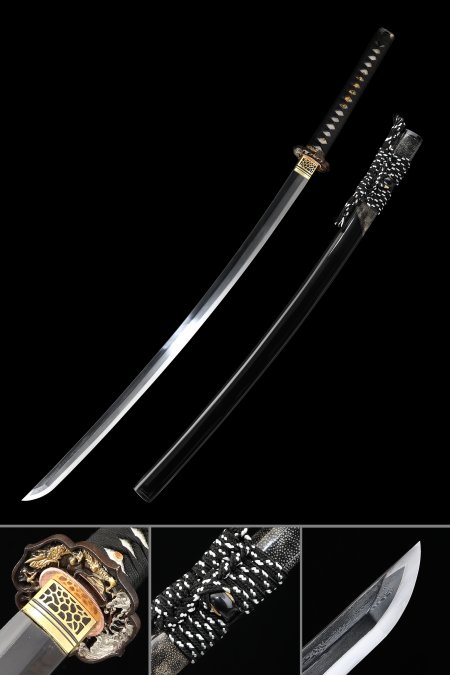
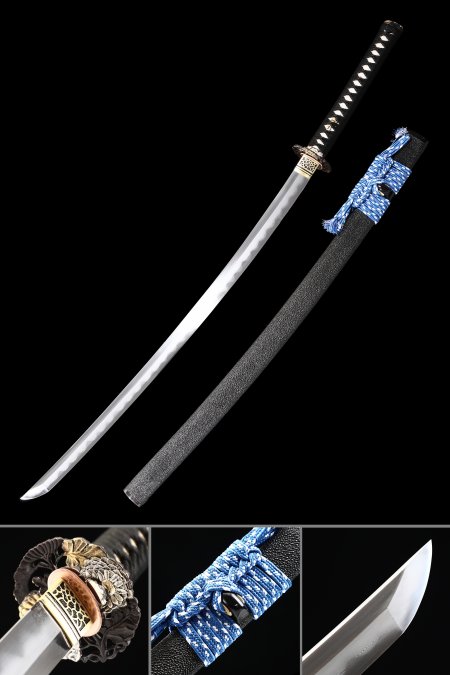
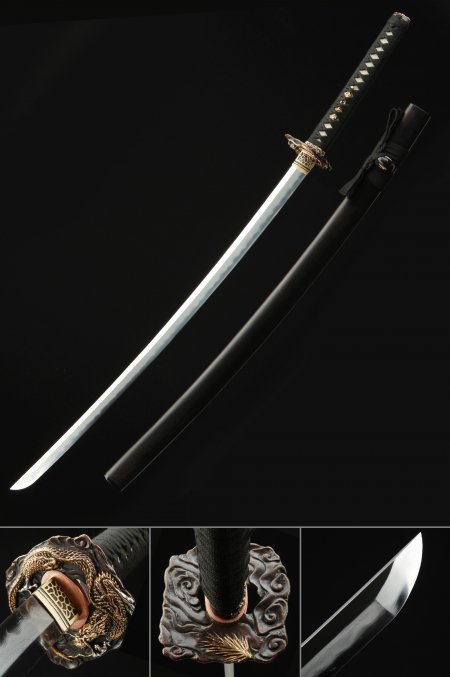
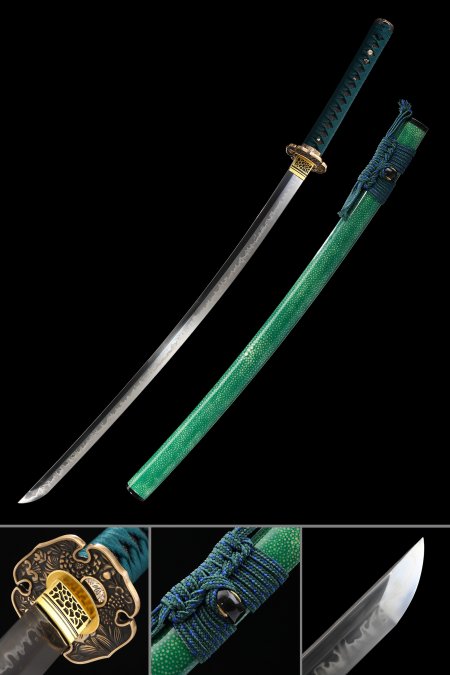
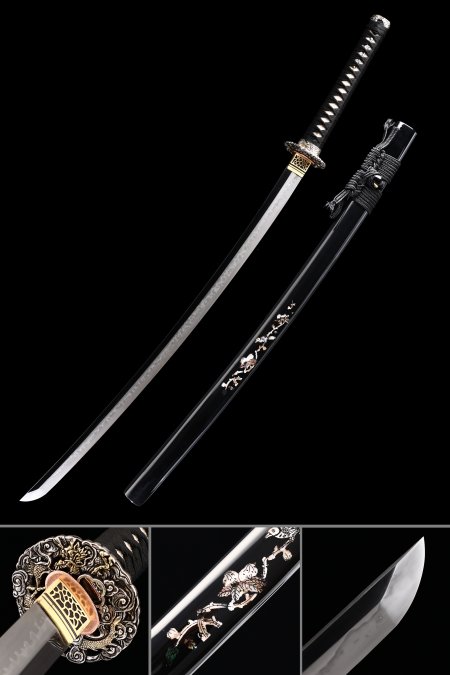
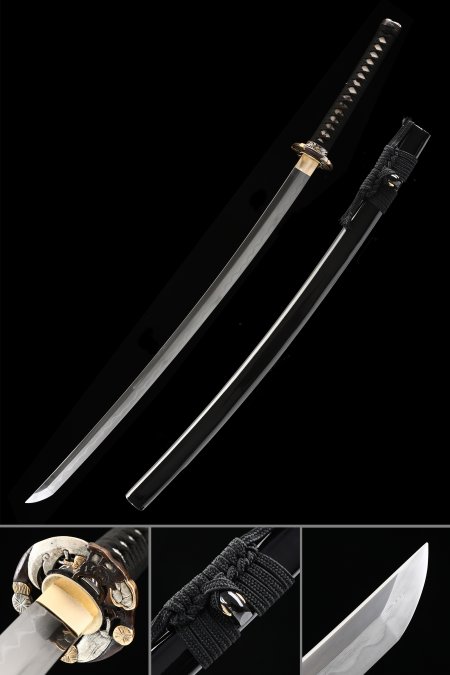
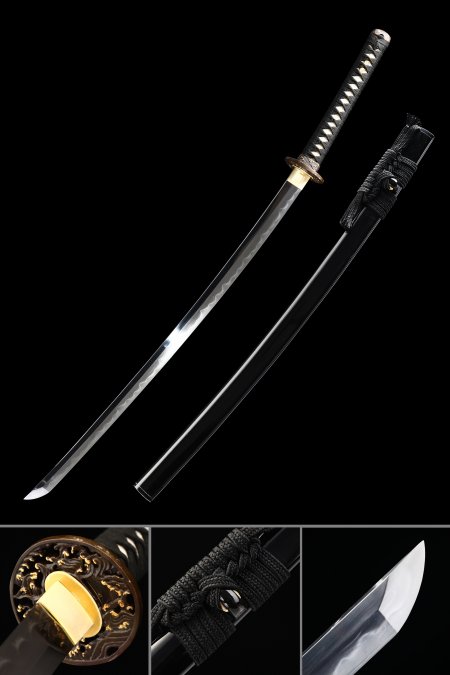
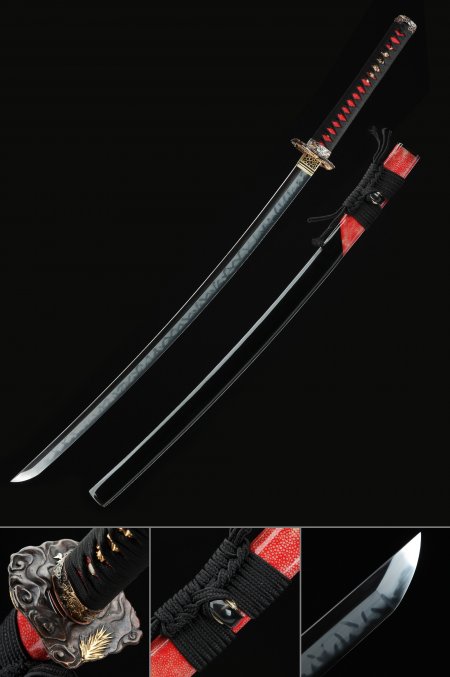
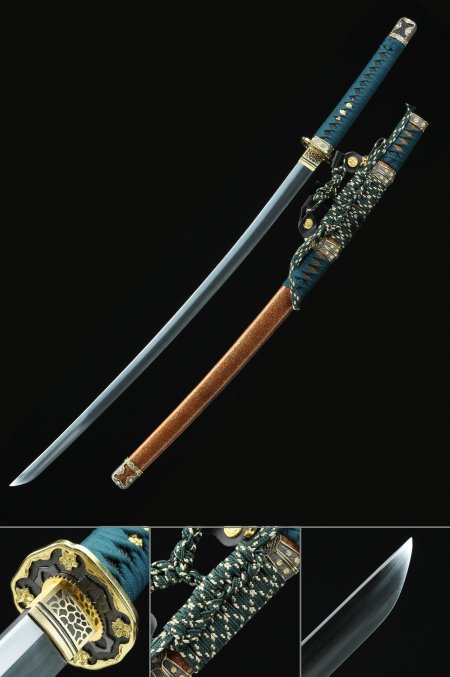
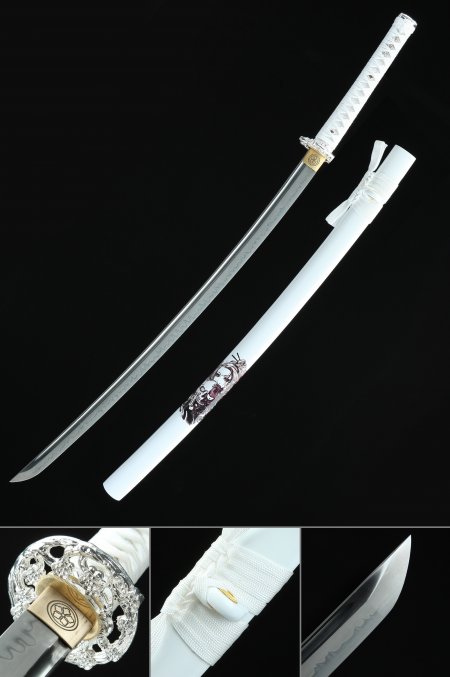
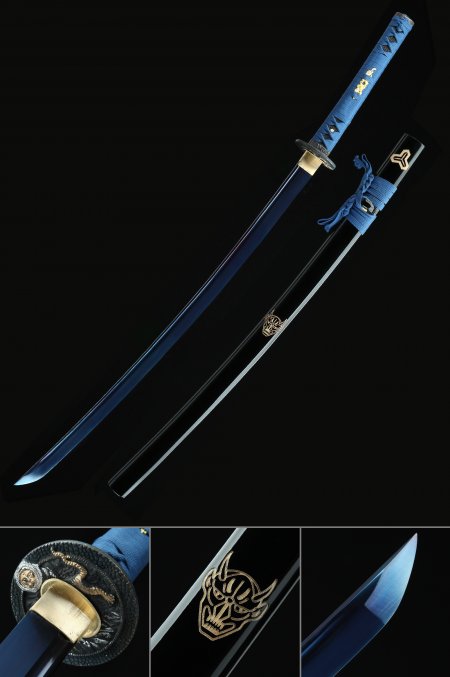
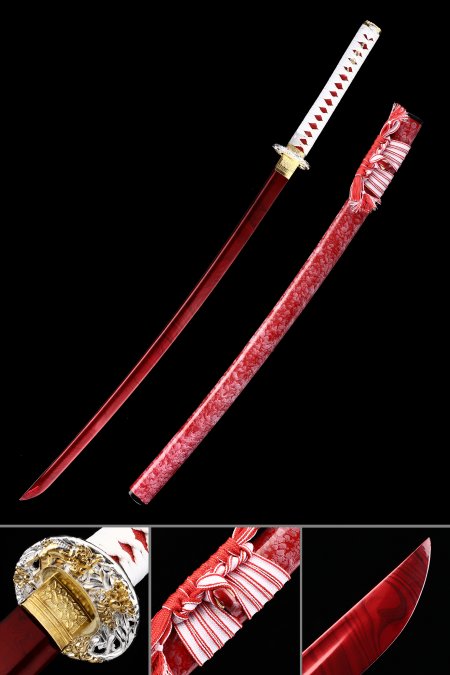
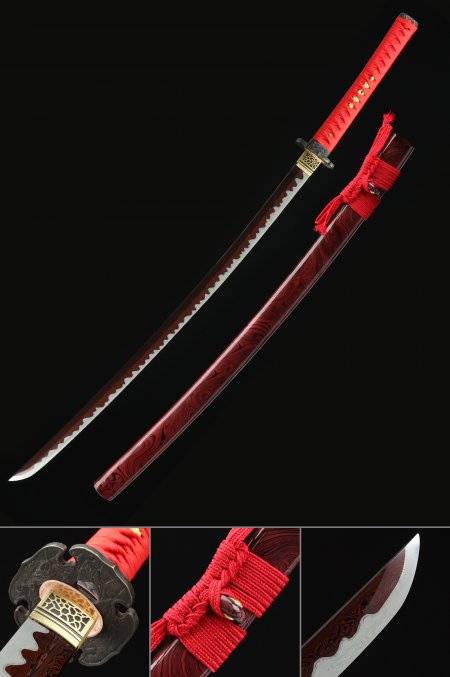
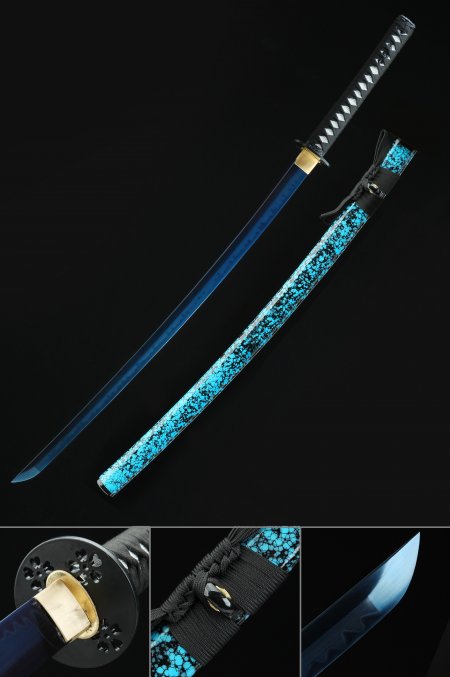
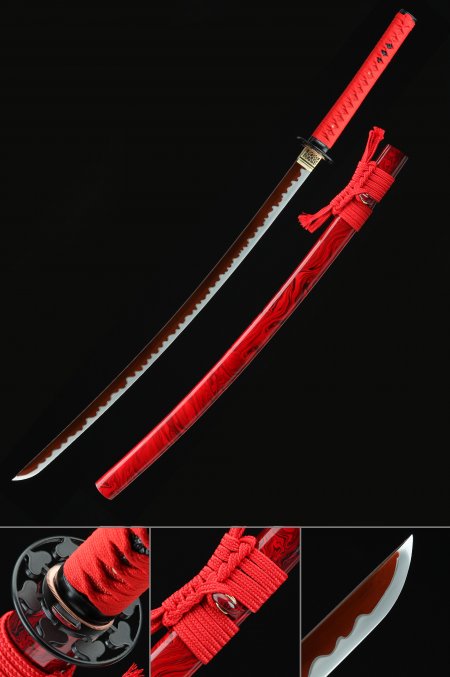
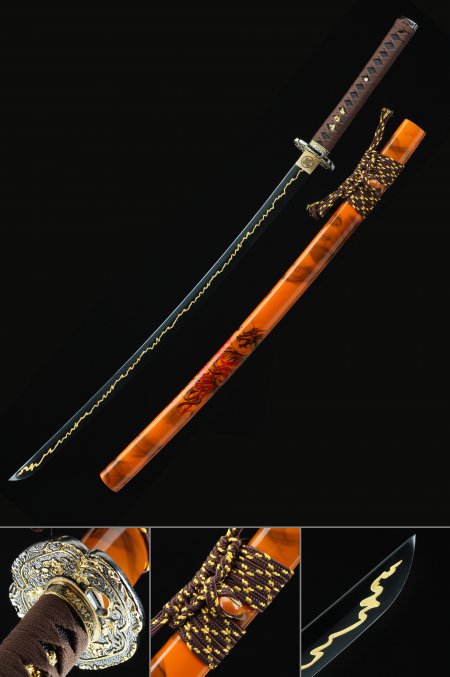
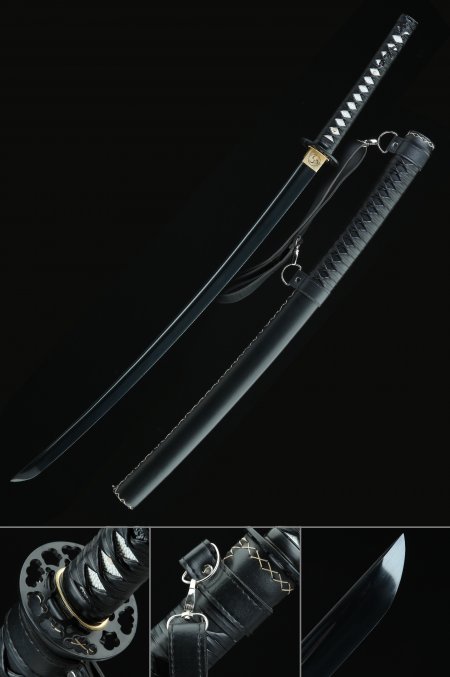

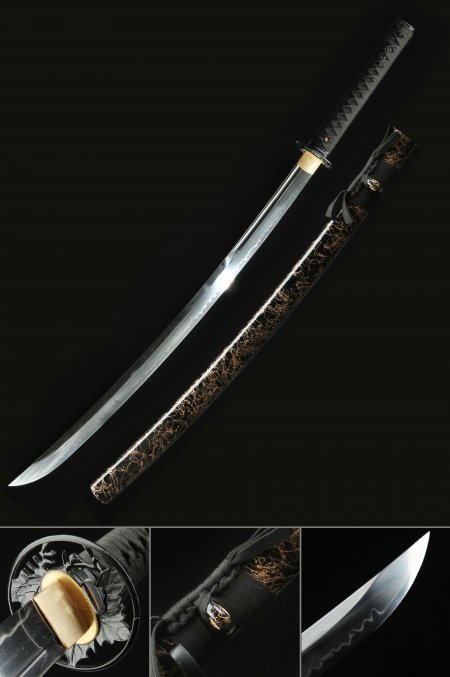
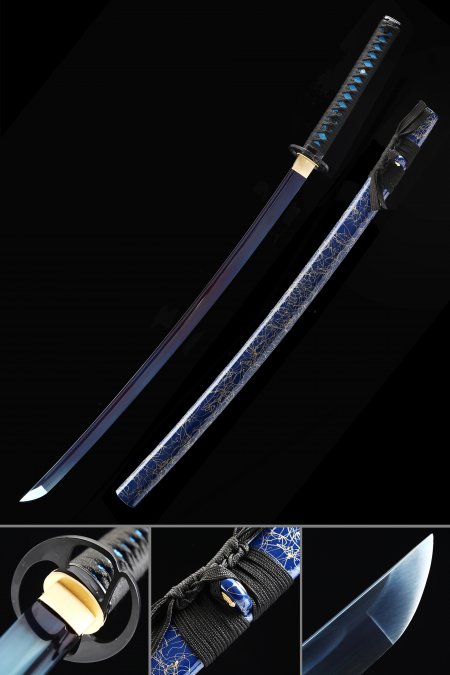
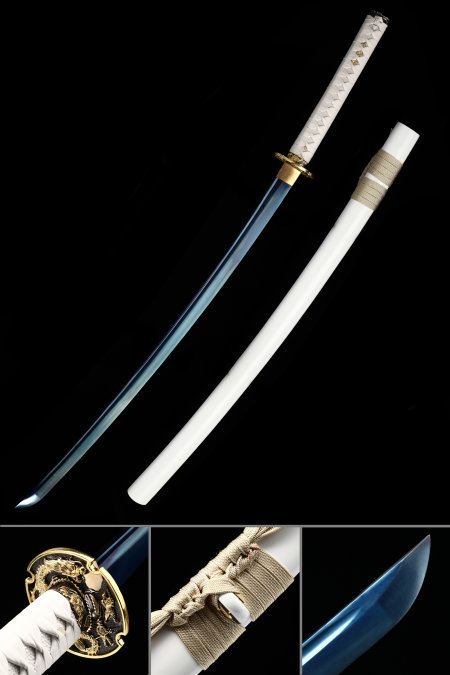
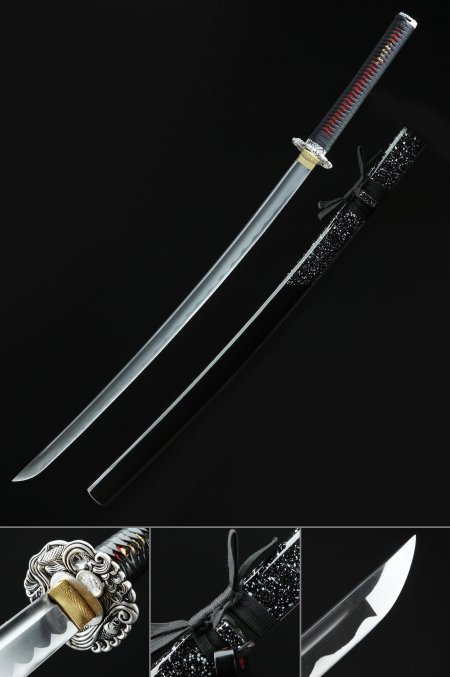
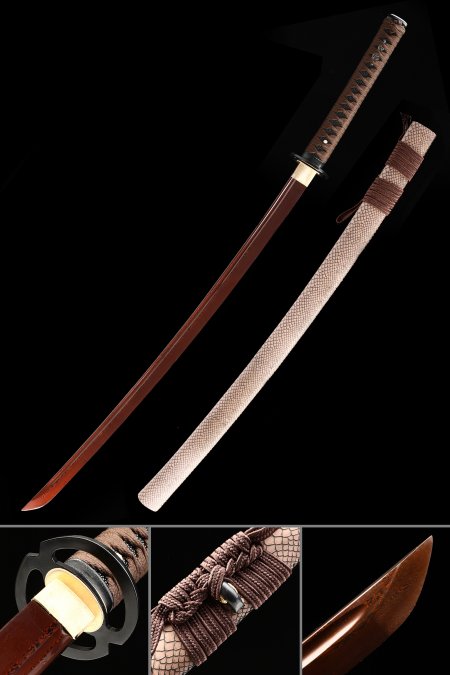
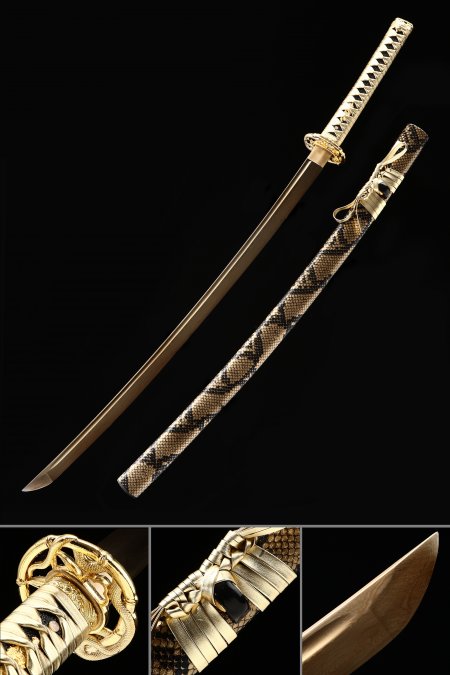
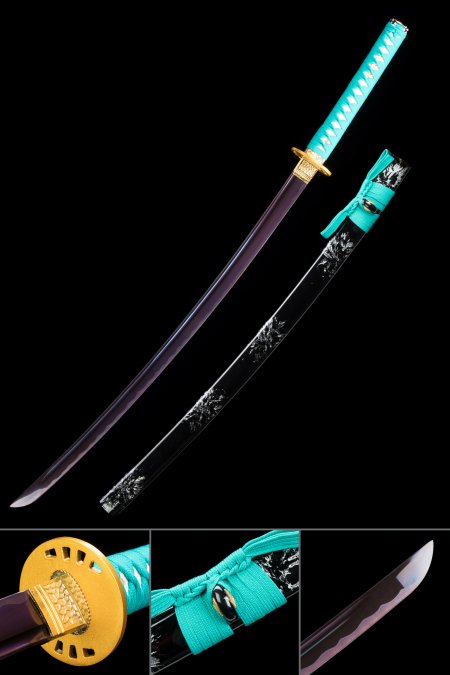
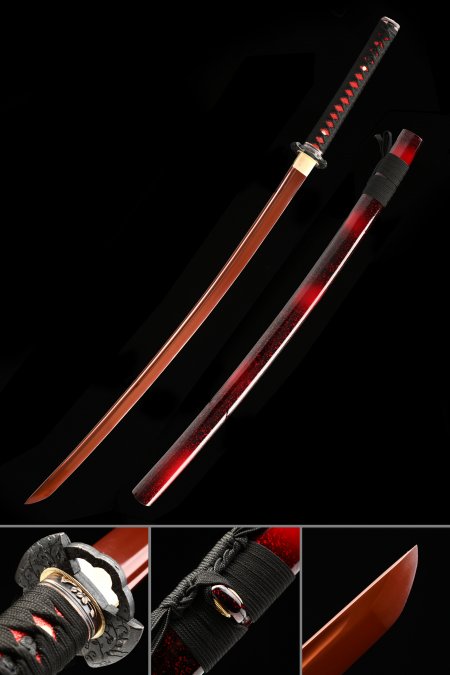
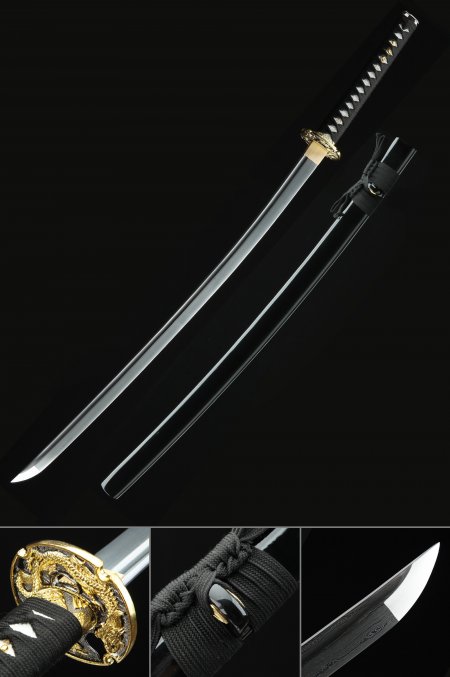
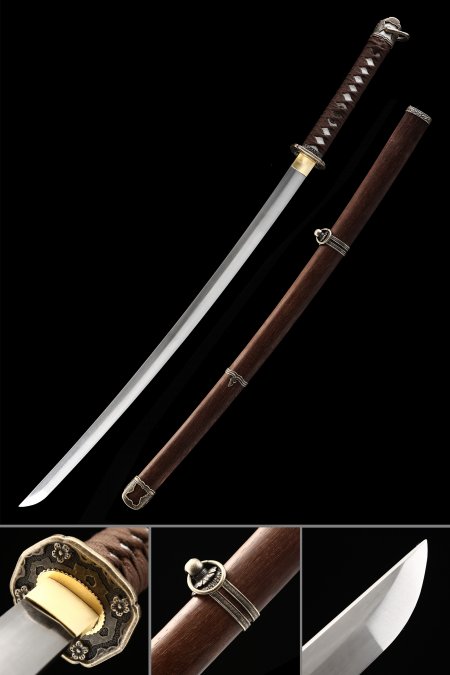
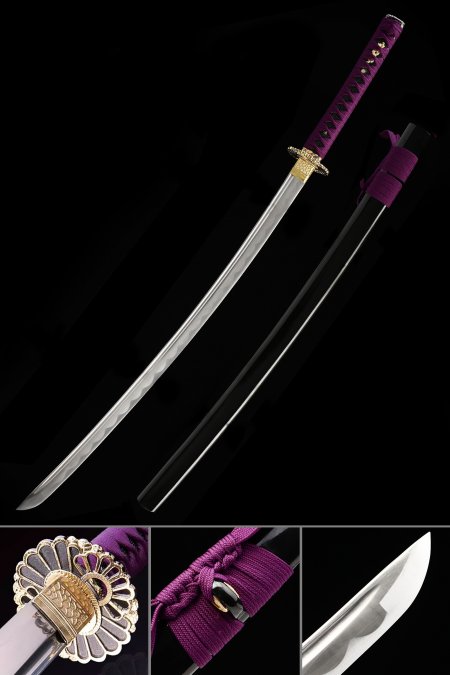

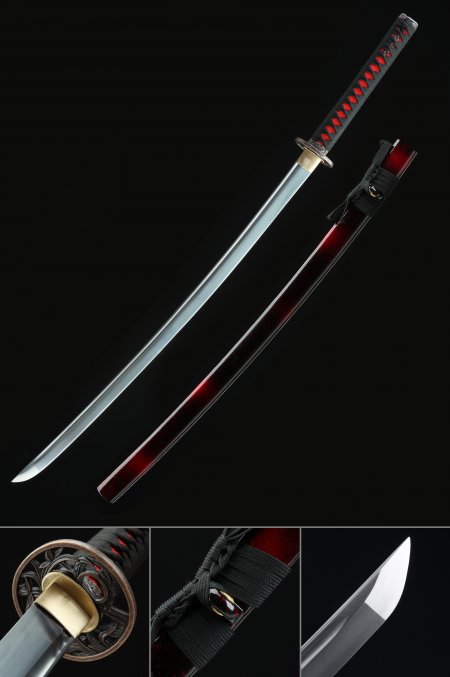
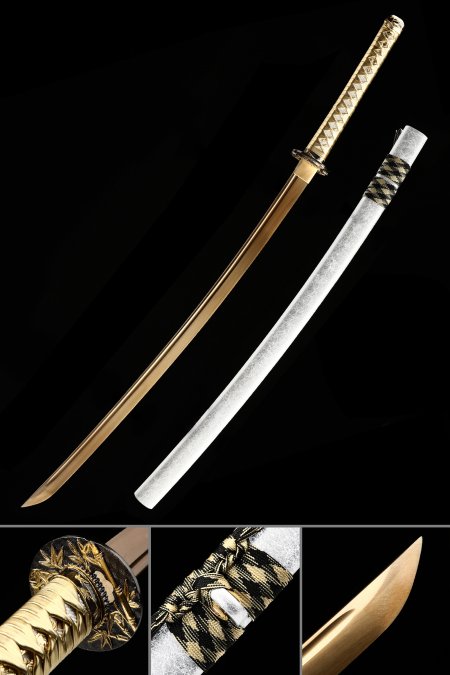
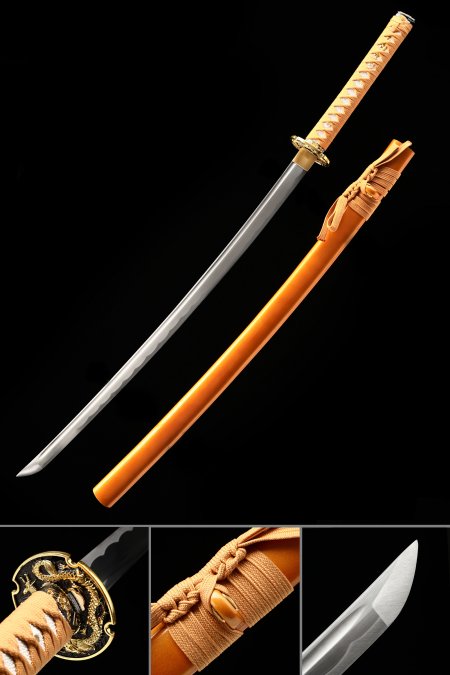
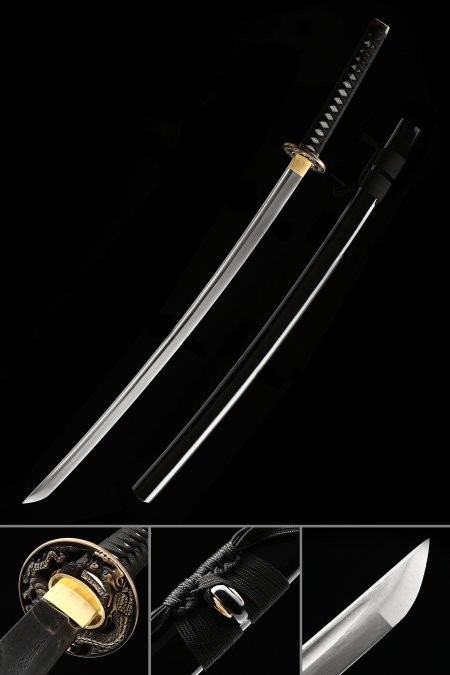
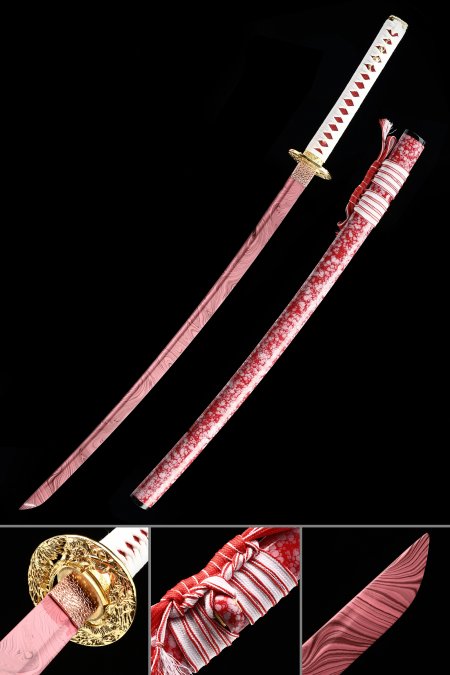
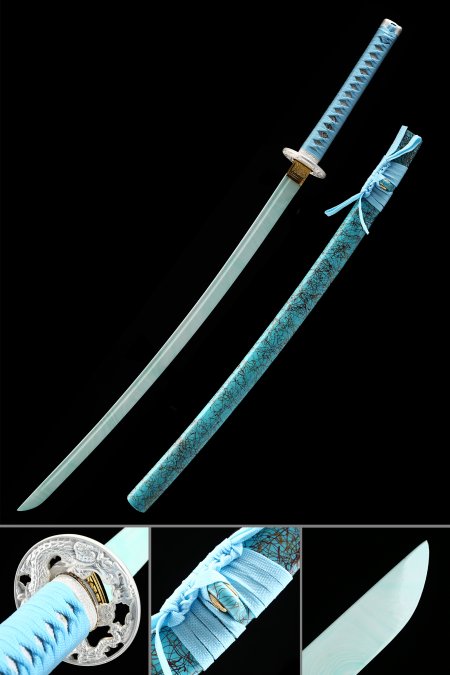
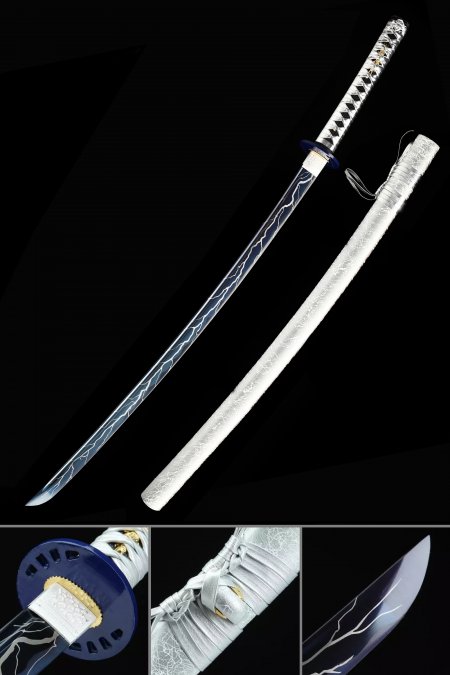

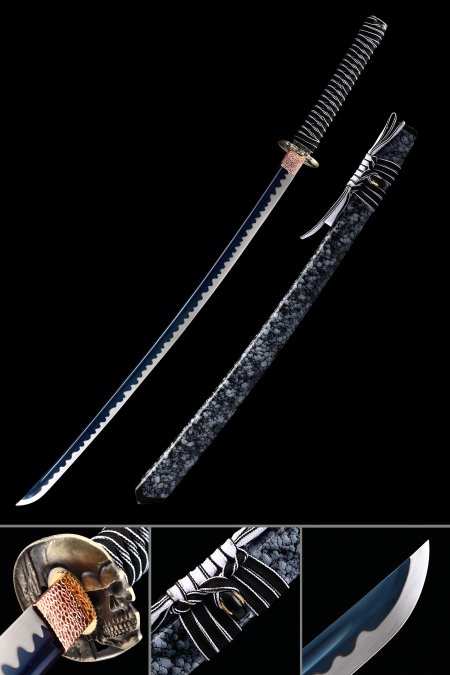
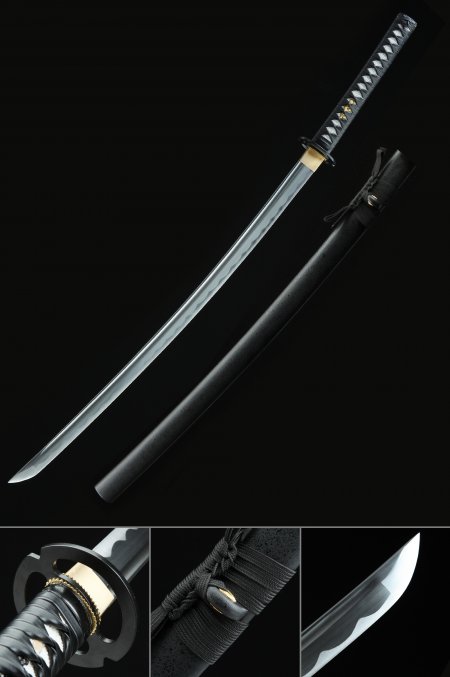

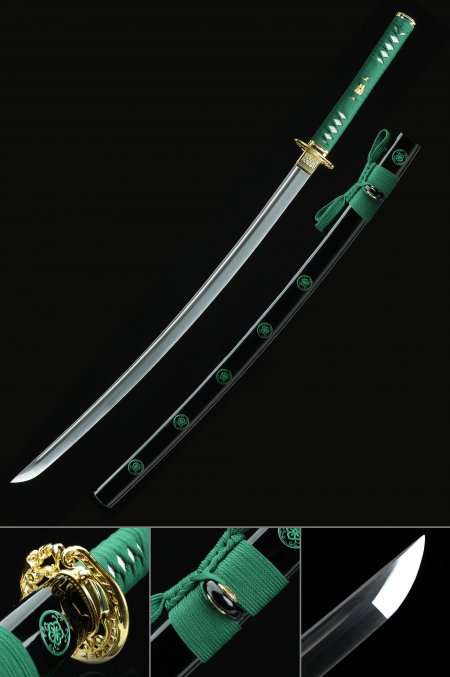
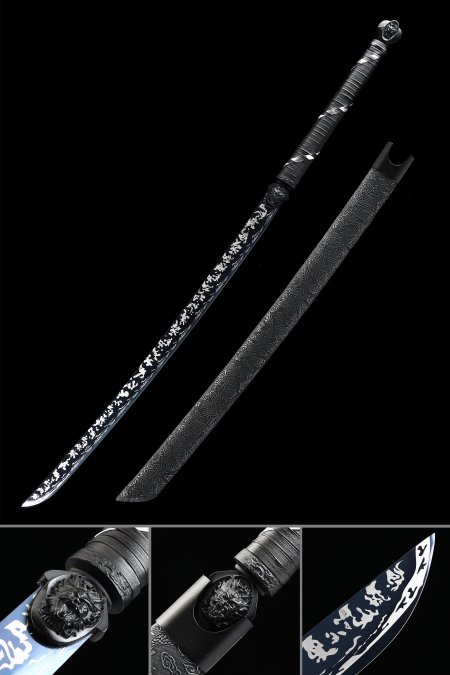
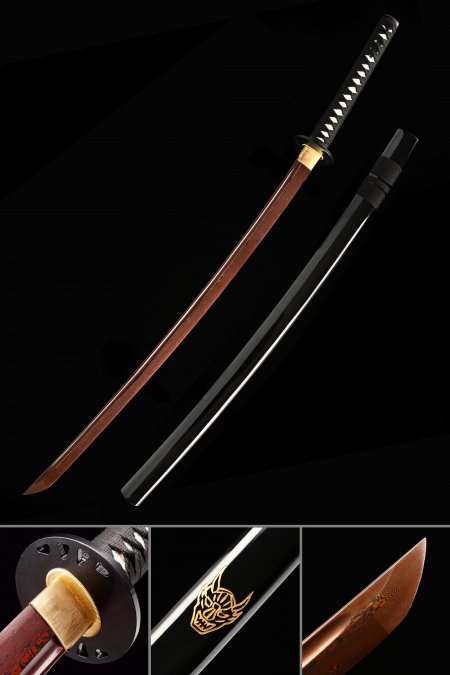
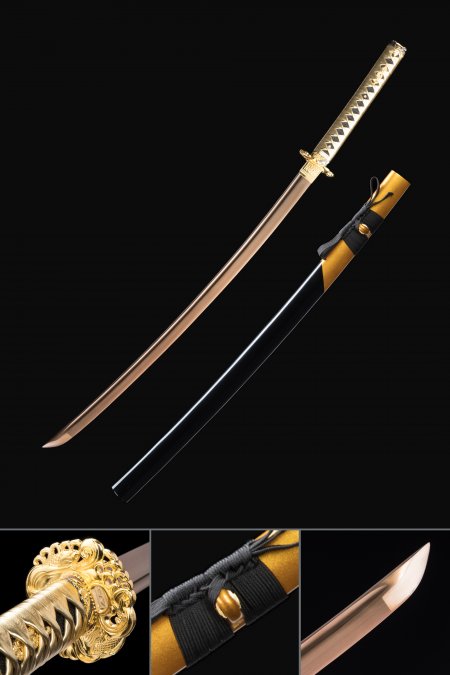
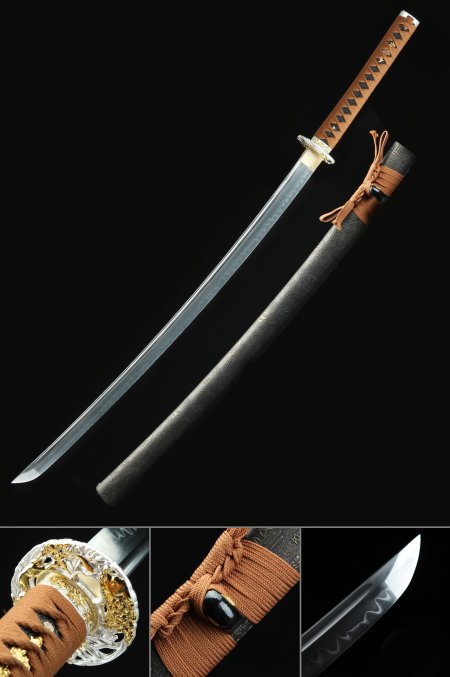
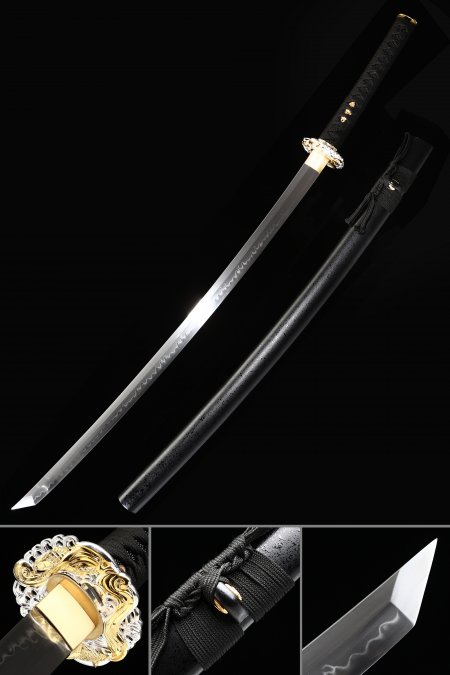
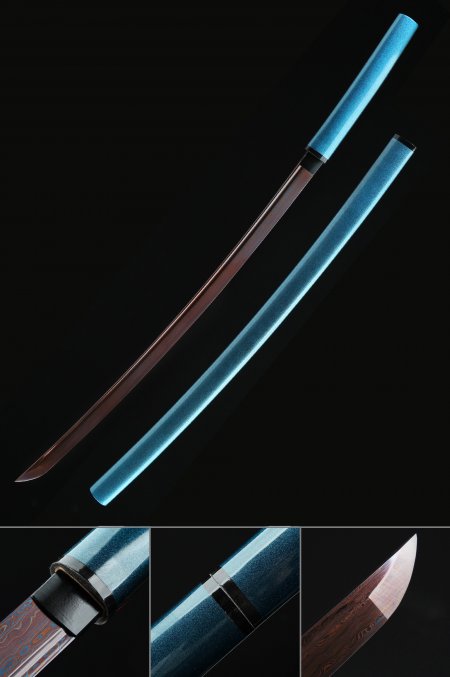
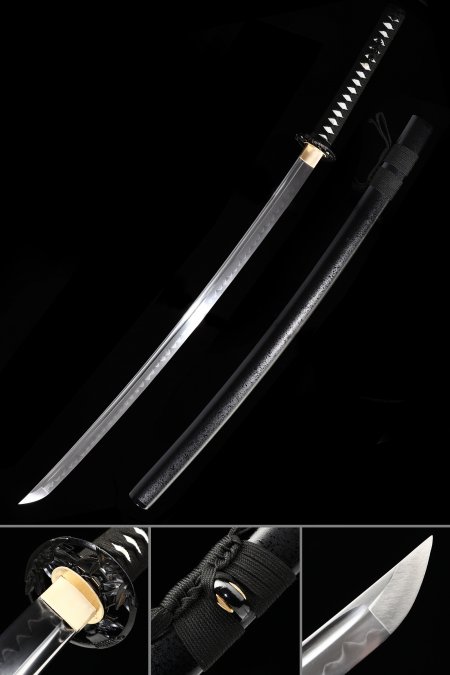
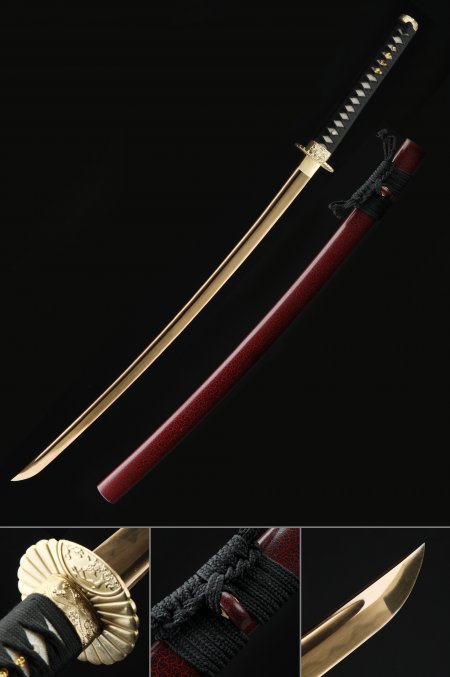
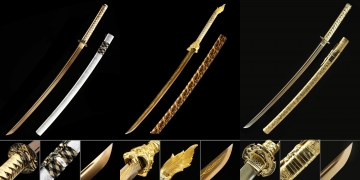
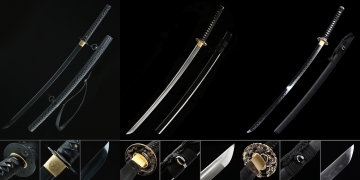
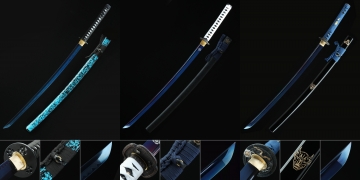
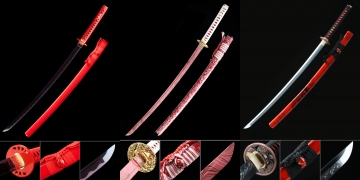

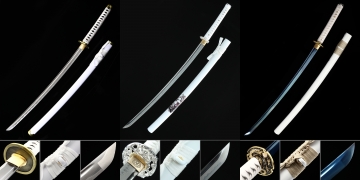
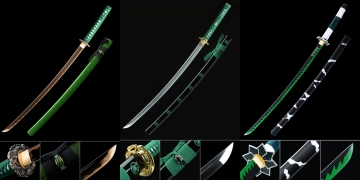
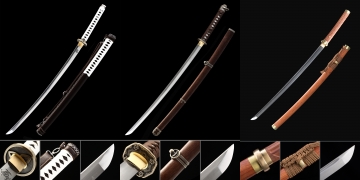
I’d maybe make an effort to emphasize handguards. It’s a sweet item. I may have not chosen to even get it with a handguard but I also just wasn’t aware sometimes it’s worth considering getting one
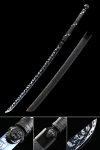 |
Handmade Japanese Katana Sword High Manganese Steel No Guard With Blue Blade |
Overall experience, ok. Shipping box looked like someone took a sword to it (torn, ripped, dented); sturdier material should be used. Ok sword (you get what you pay for) but blade collar (Habaki) and guard (Tsuba) are loose. Wasn't expecting a battle-ready, high end piece, but shouldn't have loose parts.
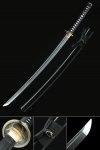 |
Handmade Katana Sword Damascus Steel With Black Scabbard |
It’s amazing a work of art. I’m ordering one Damascus next. I know it will be perfect.
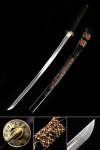 |
Handmade Japanese Katana Sword T10 Folded Clay Tempered Steel Real Hamon |
Came in super quickly and looks so dope, totally recommend!
 |
Handmade Japanese Katana Sword High Manganese Steel No Guard With Blue Blade |
I have been looking for the correct opportunity to get an entry order for myself, and this set certainly does not disappoint. Very well made and feels very good within one’s grip. Amazing work!
 |
Handmade Japanese Katana And Tanto Sword Set With Blue Blade |
Absolutely beautiful, delivery was very quick, 100% happy with purchase. Will definitely be ordering from this company again! No complaints at all.
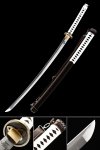 |
The Walking Dead Michonne's Katana, Zombie Slayer Katana Sword With Strap |
Perfect transaction. Order came in earlier than expected. We;; padded and packaged. Exactly as pictured onsite. I am very happy to have this item.
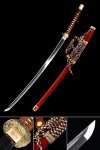 |
Handmade Japanese Tachi Odachi Sword T10 Folded Clay Tempered Steel Real Hamon |
My second order, definitely won’t be my last r
Amazing turnaround time r
Blade was razor sharp and pristine
 |
Handmade Japanese Katana Sword T10 Folded Clay Tempered Steel Real Hamon |
I like knives and I have different types of knives and hand sharpener, electric sharpener (Tormek). I keep my knives always sharp. First time owner of a Katana. First impression is good. The steel is original Damascus. The hamon looks good. r
r
Things I did not like much:r
1. It was written that it is razor sharp. No, definitely not razor sharp, even noth sharp. It doesn't cut folded paper towel even though I press much. With fingers, I don't feel the sharpened. After sharpening my knives, I test them and I am what is sharp and what is notr
2. Polish is not good enough. In some points of blade, with my nail, I can easily feel the Damascus layers.r
3. Habaki: design is good, but workmanship looks poor, machine made.r
4. Saya: The thing that really bothered me was the saya. When you shake the blade, it makes wabbling noise. The blade does not perfectly fit to Saya. r
r
I think for this price, it was good enough.
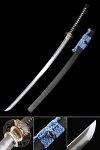 |
Authentic Japanese Katana Sword T10 Folded Clay Tempered Steel Real Hamon |
Excellent service and really satisfied with the product!
 |
Handmade Japanese Katana Sword T10 Folded Clay Tempered Steel With Black Scabbard |
Very nice. Outstanding quality for price,arrived quickly.
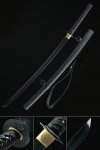 |
Handmade Japanese Obsidian Katana With Black Blade And Strap |
Everything was great and very pleased with the quick delivery thank you very much love the katana sword.
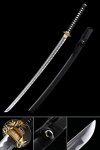 |
Handmade Japanese Katana Sword With Black Scabbard |
A work of art as well as exceptional craftmanship. Will keep in family forever
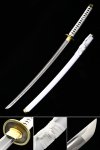 |
One Piece Roronoa Zoro Wado Ichimonji Real Katana Samurai Sword Replica With White Scabbard |
Love the katanas! As a fan of One Piece and just a general enthusiast of knives, swords, and just cool looking sharp objects, these are definitely worth the price, and they all arrived incredibly fast, the customer support was also wonderful!
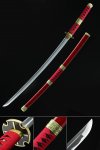 |
One Piece Roronoa Zoro Sandai Kitetsu Katana Samurai Sword Replica With Red Scabbard |
I’m very happy with the quality of this, very beautiful and strong example.
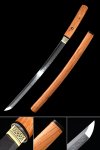 |
Handmade Japanese Shirasaya Katana Sword Damascus Steel Without Tsuba |
If I could leave a 4 and a half star response, I would. The website may seem shaky but these blades I've adopted this month are beautiful. The website has outdated coupons but I was offered a discount on a blade I had in my cart for less than 2 days as well as a coupon for my last feedback review. I'd buy again one day.
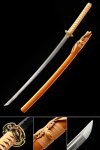 |
Handmade Japanese Sword With Orange Scabbard |
Seamless purchase and delivery. My husband is extremely impressed with the craftsmanship and quality of the katana he got. The only feedback I would add is if communication could be amped. I received and email confirming my order, but I never got any emails after that.
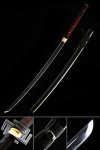 |
Handmade Bleach Kurosaki Ichigo Bankai Tensa Zangetsu Anime Katana Swords |
Sword came in exactly as described. Quality is excellent especially for the price. Would definitely recommend.
 |
One Piece Roronoa Zoro Wado Ichimonji Real Katana Samurai Sword Replica With White Scabbard |
A lille wird on the shipping got no notification but i just arrived at my dor so im not complaining
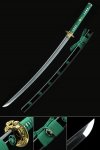 |
Handmade Japanese Samurai Sword High Manganese Steel With Black Scabbard |
What an awesome sword. And at a very reasonable price
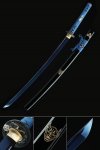 |
Handmade Japanese Katana Sword 1060 Carbon Steel With Blue Blade |